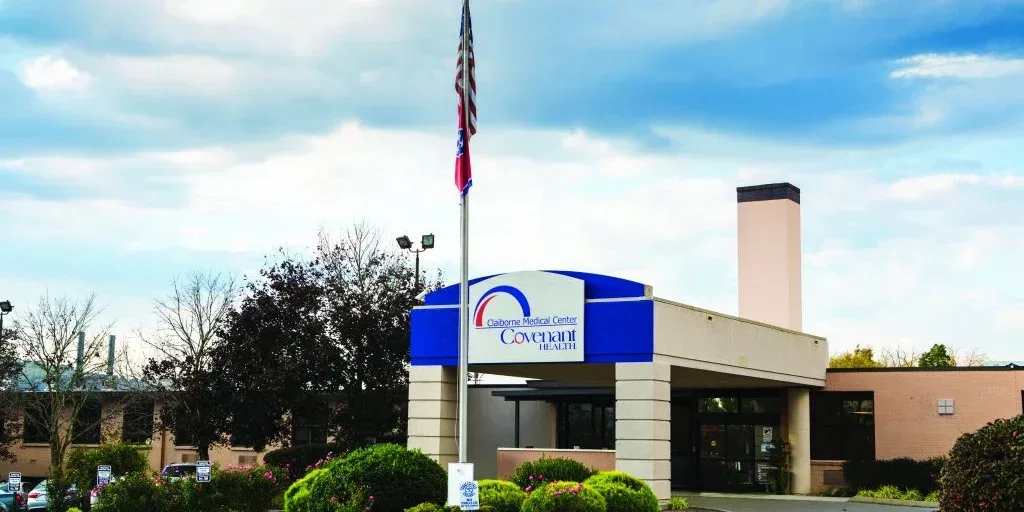Covenant Health
Every change starts with a change-maker. Sherri Ernst didn’t envision herself as the face of transformation for utilization management until she realized an idea borne out of necessity was sending seismic ripples throughout the industry. As Revenue Integrity and Utilization Management Officer at Covenant Health, Sherri set in motion the chain of events that has laid the foundation for the future of “smart utilization” between payers and providers.
In 2014, Ernst converted Covenant Health, a nonprofit health system that includes nine acute-care hospitals, to a centralized case management model, and started to lay the foundation for change. Dragonfly, Xsolis’ artificial intelligence-driven UM platform, would allow her staff to take a step back from the blizzard of clerical tasks and instead focus on managing care and performing key clinical reviews, which would drive down denials and improve her team’s workload. She said “the Xsolis platform presented a different opportunity,” and in 2016, when Ernst and Covenant Health partnered with Xsolis, “it was like a gift was given to my people,” she recounted.
For example, each staff member moved from an average of 20 patient case reviews a day, to as many as 50 per day – around a 150% increase in case review volume. Each case review went from 15 minutes to complete, to around 5 minutes. This allowed staff to reallocate their time from clerical tasks to more rewarding ones – assisting with clinical validation of the record for other areas such as quality, coding and billing, educating new employees from other departments on what UM is and how its work impacts their roles, and helping with denial risk mitigation in areas outside of the traditional UM world.
Yet another challenge loomed: with the transition to a new electronic medical record in 2018, Sherri’s team would be losing previously established automation with their payers, forcing them to revert to faxing and sending clinicals directly. Sherri approached the Xsolis team with a proposal: might Xsolis be able to create a portal that would allow UM staff from a key national payer to review cases that were escalated to them by Covenant Health, with the same analytics and clinical data that made Xsolis an effective tool for Sherri’s team?
Her proposal had three main goals: to facilitate communication through a secure, hospital-driven portal, to reduce case touches and duplicative administrative work for both her staff and this payer, and to enhance relationships by utilizing Xsolis’ analytics as a shared framework with their payers. Ultimately, Sherri challenged the Xsolis team to craft the framework that would allow for true, real-time utilization management “by exception” between Covenant Health and its payers.
Xsolis was up for the challenge and set to work repurposing Dragonfly for a payer audience, while the Xsolis Learning & Development team created training and onboarding materials for payer nurses. Within months, the national payer had a customized Dragonfly portal live, with payer nurses logging in daily to review and approve cases escalated to them by Covenant Health. Xsolis analytics have contributed to a marked decrease in average monthly patient status denials and the associated appeal burden that plagues both sides.
Sherri envisions this approach changing the way payers and providers across the nation collaborate, the network effects extending throughout the industry. “We are on a journey,” she said. “We want to make sure our workflows align and that we offer the same workflow for each of our payers.” As she continues to engage other payer partners in this quest, she has already set the precedent that other hospitals and payers nationwide are following, while completely changing how payers and providers might work together to create better healthcare systems for all. “In this collaborative effort, everyone was willing to ask: ‘What if?’ The most compelling result is that the provider-payer relationship has thrived.”
ROI projections are estimates based on similar system information and averages over the first 2 years of utilization. Such ROI projections do not guarantee future results. Actual ROI will vary based on various conditions and factors for each customer, including, but not limited to, client baseline information, best practice utilization of the products, etc.
